
GdC26
-
Posts
961 -
Joined
-
Last visited
-
Days Won
6
Content Type
Profiles
Forums
Blogs
Gallery
Events
Store
Posts posted by GdC26
-
-
18 hours ago, Simius Rex said:
My pleassure. That's what we're all here for... to learn things from each other. I've picked-up quite a few things from reading your posts, as well !! Simi.
I'm pleased to hear that I've been able to return the pleasure, thanks Simi.
0 -
11 hours ago, Simius Rex said:
Here is a picture of your Crown Order device from an online research article. Like I said, it is extremely scarce. If you were to display the ribbon bar without the corresponding medal bar, knowledgeable collectors would think it represents a Crown Order with swords. A few years back, I was bidding on a ribbon bar with this very same device. The bidding went nuts and the bar sold for an obscene amount of money. Simi.
Interesting, thanks for pointing this out!
0 -
6 hours ago, Chris Boonzaier said:
That is about as rare as rare can be.... how many General Staff officers could they have had?
I think there's a mix up here - the GS kleiner Rock is not a Mecklenburg item. There are now two discussions here, one of a ribbon on another kleiner Rock, the other on hte GS kleiner Rock ...... ?
0 -
-
-
Those are nice pics, Chris. What is it, an exhibition, an album, what?
0 -
-
4 hours ago, Chris Boonzaier said:
Hi, I think there is a turning point... lets not forget... during the war, fot bavarians... Prussian, Saxon etx were considered "Foreign" awards... if you look at the entries above, there are "bavarian" and "Foreign"... in the 3rd Reich era they were all German.... So a wartime bavarian Bar may be different.... Here is an example... Wilhelm Edenhofer... His pre July 1918 bar... he commanded the 1st bavarian Jäger Brigade for the last couple of months of the war.

Very, very close to the one above, other than the Meck Schwerin instead of the friedrichs Kreuz... and notice, no sword devices!
I might be wrong, but I thought I had understood that turning point to be 1933. Up to then, imperial precedence prevailed, thereafter, different rules applied, with for example the EK II taking precedence over the MvK. The medlar shown by Laurentius is clearly post 1933 (Hindenburg Kreuz and two post 1933 DAK's), the one shown by Chris, as per his comments, clearly pre 1933.
But the Bavarian order of precedence is not always that clear to me either - below are a few pre war old style ribbon bars that seem to underline that point (Luitpold before PROA and PKO, and these again before BDAK .... ?)
0 -
35 minutes ago, 91-old-inf-reg said:
That looks very likely, however I bring up a similar question that I was asked pertaining upon how he would have been eligible for the award as he did not participate, nor was he alive for the war of 1870 .
And I give the same answer I gave above, with two additions:
1 - it seems well possible that the Grand duke was entitled to wear this medal not as a recipient, but as the head of state of the Grand duchy and/or as nominal chief of its army.
2 - the troops at Loigny-Poupry were commanded by Friedrich Franz II, Friedrich Franz IV's grandfather; and
3 - the medal was instituted by Johann Anton, who served as regent after Friedrich Franz III's death until Friedrich Franz IV came of age.
In other words, I would not be surprised if family ties and Friedrich Franz IV's position as archduke (as he was in 1899, even if due to his age, he did not yet reign the archduchy) led to the bestowal. Nothing unusual in royal circles, Wilhelm II wore many awards he presumably did not technically qualify for (GC EK 1914, PLM with oaks, etc.); Leopold IV Prinz of Lippe Detmold wore a special class of his house order, etc. And the 1870/71 war still held a lot of importance at the end of the 19th and the beginning of the 20th century, as it laid the basis for German unification under Wilhelm I.
And then there is of course the possibility that FF IV was in fact the patron of hte Kriegerverein to which the medal was connected. Be that as it may, all of this makes much more sense than a lowly Prussian RK medal holding second place on the medlbar of the Grandduke of Mecklenburg-Schwerin.
Kind regards,
Sandro
0 -
It could be the Kriegervereinsmedaille 1899, which was instituted in 1899 to commemorate the battle of Loigny-Poupry of 2 December 1870 by the then regent of Mecklenburg Schwerin, Johann Anton, who was managing the affairs of the Duchy until Friedrich Franz came of age. https://www.ehrenzeichen-orden.de/deutsche-staaten/kriegervereinsmedaille-1899.html
Design is the same as the 1813/14 award, but the year is different. According to Wiki, Franz Fedrinand in fact wore it. See https://en.wikipedia.org/wiki/Frederick_Francis_IV,_Grand_Duke_of_Mecklenburg-Schwerin https://www.ehrenzeichen-orden.de/deutsche-staaten/kriegervereinsmedaille-1899.html
0 -
33 minutes ago, laurentius said:
I don't think it was this one either, since Friedrich Franz wasn't alive during the Napoleonic wars. I'm still fairly confident in my choice, the Prussian Red Cross decoration.
I don't think so. Wrong place on the bar, there is no Geneva cross visible, and 2nd and 3rd class are way too low for a grand duke. And the decoration is clearly oval in shape, not round - see the pic from my collection below, taken from a different angle.
I would need to check, but it seems well possible that the Grand duke was entitled to wear this medal in gold not as a recipient, but as the head of state of the Grand duchy and/or as nominal chief of its army.
A further pic, now from the web. The medal clearly is oval in shape, although the obverse seems a bit different from that of the Verdienstmedaille. Clearly not a Red Cross medal, in any event. I'll get out the books as time permits and will see what I can find.
0 -
On 31/05/2020 at 11:55, laurentius said:
I disagree, unless he is wearing a smaller version of the Jubiläumsdenkmünze it doesn't fit. I would also be inclined to wonder why a prince from Mecklenburg got a medal meant for former Hannoverian troops, when Mecklenburg served on the opposite side during the war.
In my opinion this is the German red cross medal.
Kind regards, Laurentius
Thanks Laurentius. Your comments prompted me to check the pic again, and I think you're right that this is not the Jubiläumsdenkmünze. But I also don't think this is hte Prussian Red Cross medal - wrong postion on hte bar, and too low for the archduke (without enamel, we're talking third class here).
Studying hte pic again I seemed to notice the medal at hand is oval. Since given its prominent place on hte bar, this is likely a Mecklenburg Schwerin award, I was wondering if nr. 2 could be the Goldene Militär Verdienstmedaille 1813/14? I could not find a pic of a gold one, but here is a link to the silver version: https://www.ehrenzeichen-orden.de/deutsche-staaten/silberne-militar-verdienstmedaille-fur-1813-1815.html
Kind regards,
Sandro
0 -
3 hours ago, Bayern said:
What says Weitze in the catalogue ?
The Litewka with dove grey patches is of the Air Service I imagine due to the fact that the arm of service colour of the Air Service was light grey but the medium blue backing of the SBs dont match .
Preußen 1. Weltkrieg feldgraue Litewka M 1915 für einen Offizier im Regiment Jäger zu Pferde Nr. 10
Friedensstandort Angerburg/Goldap. Kleiner Rock aus feldgrauem Tuch, Knopfleiste, Ärmelaufschläge und Klappkragen mit roten Vorstößen. Der Resedagrüne Kragen wohl mal fast abgerissen und mit alter, größerer Reparatur. Auf dem Kragen grüne Patten mit gelben Vorstoß. Auf den Schultern eingenäht die Schulterstücke für einen Leutnant, mit gelber Tuchunterlage. Auf der Brust Schlaufen für Orden/Auszeichnungen. Innen mit olivgrünem Seidenfutter. Getragenes Stück, der Kragen stark repariert, weitere Reparaturen an beiden Ärmeln und am Rücken. Zustand 2-. Ein seltenes Stück.
Die Farbkombination der Patten auf dem Kragen entspricht normalerweise der Farbkombination der Tuchunterlagen der Schulterstücke. Vorschriftsmäßig wären für den Rock die Schulterstücke mit grüner Tuchunterlage mit gelben Vorstößen. Die Schulterstücke sind aber alt vernäht. Warum der Offizier nur "einfache" Schulterstücke trug, ist nicht bekannt.0 -
-
2 hours ago, David M said:
From which book do these beautiful images come?
David,
DIENST- UND RANGABZEICHEN DER OFFIZIERE UND BEAMTEN der Königlich Bayerischen Armee 1806 bis 1918. W. Seibold / G. M. Schulz. 174 Seiten mit hunderten farbigen Abbildungen, Großformat.
Kind regards,
Sandro
8 minutes ago, GdC26 said:David,
DIENST- UND RANGABZEICHEN DER OFFIZIERE UND BEAMTEN der Königlich Bayerischen Armee 1806 bis 1918. W. Seibold / G. M. Schulz. 174 Seiten mit hunderten farbigen Abbildungen, Großformat.
Kind regards,
Sandro
A further book in the same series (issued by the Bayerische Armeemuseum in Ingolstadt many moons ago) deals with headgear of the Bavarian army. I have referenced that book in a recent discussion with Claudio on a Bavarian general's pickelhaube. I think if you search a bit you can still find both excellent references for around € 50 each.
BTW, thankscfor your kind words Bayern.
Kind regards,
Sandro
0 -
Austrian Militär Verdienstkreuz III. Klasse
0 -
And Ludwig III famously wore his collarpatches the wrong way around, so who was he to comment .....?
0 -
45 minutes ago, Chris Boonzaier said:
Could it be in relation to his position of Obersthofmeister ? ... Or simply not really being enforced? I read one reference where they said some regulations for Flügeladjutant, Prince Adjutant were largely word of mouth and not fixed in Law, references not wasting space on positions with just a couple of people.
I really kick myself in the ass that I did not bid on or oviously get any of the uniform bits in that auction... I now have one of the peaked caps... but wish I had more...
Does the book have a reference for that statement?
What is also interesting... their picture about which parts are for which button... I have not seen a Flügel Adjutant wearing it like in the Diagram with the Schnurr in the bottom Button?
Beautiful set. The book does not address the issue, except that it identifies an open crowned Achselschnur as one for a Flügeladjutant (and the authors presumably had reason to so identify it). The identifiction seems to be borne out by the Leonrod examples, both of which have open crowns.I think it is fair to assume that in this case, like in so many others, there was theory .... and then there was praxis.
0 -
Hmmm, not so sure how that matches up with: https://www.hermann-historica.de/de/auctions/lot/id/5921 and https://www.hermann-historica.de/de/auctions/lot/id/5921
Looks like something that may have not been too strictly adhered to or enforced (if in fact it was not abolished post 1904, like the paraderock for generals)
0 -
Chris,
Here is your answer for Bavaria, I believe (which I think is what you actually were looking for).
On a quick reading, in essence, as of 1873, Achselbänder (which included the Generalsgeflecht denoting rank) only existed for officers of general rank, Achselschnure for adjutants of any rank (with colors denoting differences in rank and station).
With the abolishment of the general's parade dress in 1910, Achselbänder, although not abolished, practicallyally became redundant (as a practical matter, the Generalsgeflecht could not be worn with epualettes) as generals switched to wearing Achselschnüre.
As an aside I noted that adjutant cords should have closed crown tips, Flügeladjutanten and princely adjutants open crowned tips.
Hope this helps,
Sandro
0 -
I've gone through my pics, but have not found any evidence of a simplified Fangschnur in wear by adjutanten in the period up to 1918. Adjutanten appear to have worn either silver braided aguilettes or sashes. Some assorted pre-war and wartime pics shown below. I'll check one more source, and then will see with interest what others say
.
0 -
Not sure why this needs to be contentious, we're all gentlemen here:
5 hours ago, Simius Rex said:Sorry to say this, but even I know this is incorrect, and I'm basically a dummy. The two cords terminating in tapered metal Hornknoepfe are officially referred to as "zusaetzliche Schnure" but are not known simply by themselves as "Achselschnure" and are non-detachable. Chris is correct in that Achselschnure and Achselband are used interchangeably but clearly, there is a distinction between the two as evidenced by the references to them in the regulations for adjutants' aiguillettes . Simi.
you will see that even in 1818, it was hard to make a real distinction in terms of purpose, and that the distinction was made by reference to origin and construction instead.
Achselbände apparently originated from a shoulder band or cord that originally held belt and saber hangers in place. In 1818, they were used to denote rank and/or unit.
Achselschnure are defined by reference to their "Spitzen" (the metal pencil like contraptions at the end of the cords), originally used to clean the ignition holes of muskets. In 1818, according to the encyclopedia the link refers to, they just served ornamental purposes ("heurzutage dienen Achselschnüre our noch zur Zierde....").
As noted by others in this thread, the distinction made in the definition in the 1818 encyclopedia seems to have blurred over time.
I think Simi is referring to the WWII distinction between the two pics shown below, with the first pic showing a WH Fangschnur for adjutants (which indeed denoted function, not rank), the second and third an officers parade aguiliette (gold for general officers, silver for officers, and thus somewhat indicative of rank).
Problem with that thesis is that I'm not sure a similar distinction existed in the armies of imperial German states. At least the page of Das Deutsche Heer copied below does not show a similar difference in construction between the Fangschnuren for Generäle, Generalajutanten and/or Flügeldjutanten. But I'll run though my pics as time permits to see if I can find evidence of a similar distinction being made in WWI.
I think member Filfoster in a separate link pointed to (perceived) differences in braiding and construction between Flügeladjutant aguilettes on the one hand, and General(adjutant)s on the otherNot sure why this needs to be contentious, we're all gentlemen here:
The pics of Flügeladjutanten in that thread do not confirm the type of difference in construction of aguilettes that Simi rightly pointed out, existed in WWII.
And to add further to the confusion: adjutants in the German armies of WWI occasionally wore sashes to denote function, even after August 1914.
To be conintued.
Kind regards,
Sandro
0 -
2. No cuff ranks, would there have been any? YES: see link https://www.dorotheum.com/de/l/573995/
3. It has loops for epaulettes. What would they look like? SEE PICS
4. It has loops for two medals. Any idea what they would have been? Not so much which particular medals. I know that's impossible. There are two overlapping stiff cord medal hangers. Would that be for two medals or a bar with more than two? TWO LOOPS, two medals - see the link above (pic too large to upload)
Very easy to research doing a quick Google search (and actually fun).
0 -
Weiland refers to his majesty, not to the Generaladjutant, who retained their rank and title whilst alive and would not be listed in any Ranglisten once they are dead. So adjudant general of his late majesty etc. is the correct translation.
Kind regards,
Sandro
1


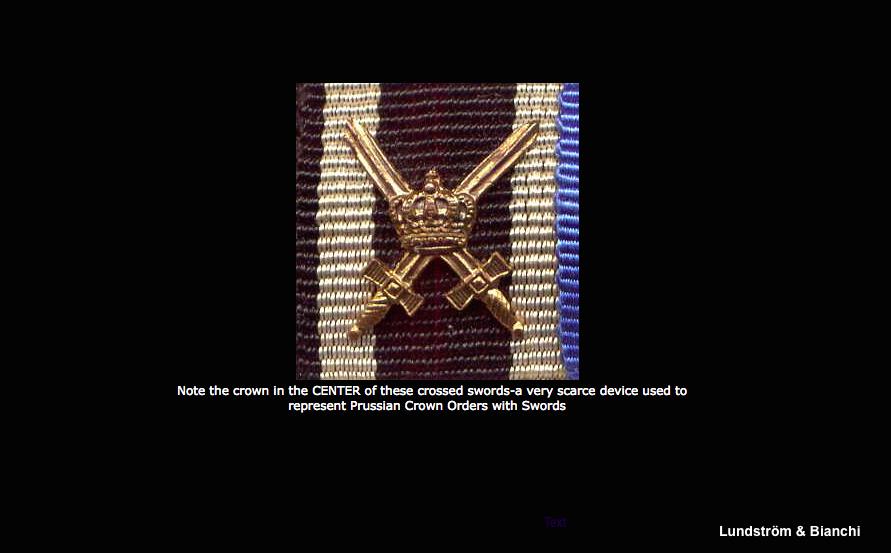

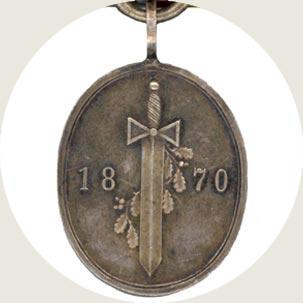
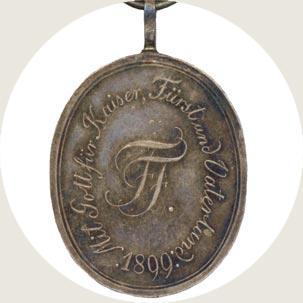
.thumb.jpeg.dd8822705163e6565fde1a8d8a270f75.jpeg)

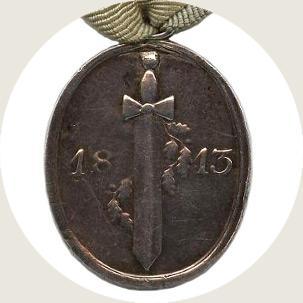


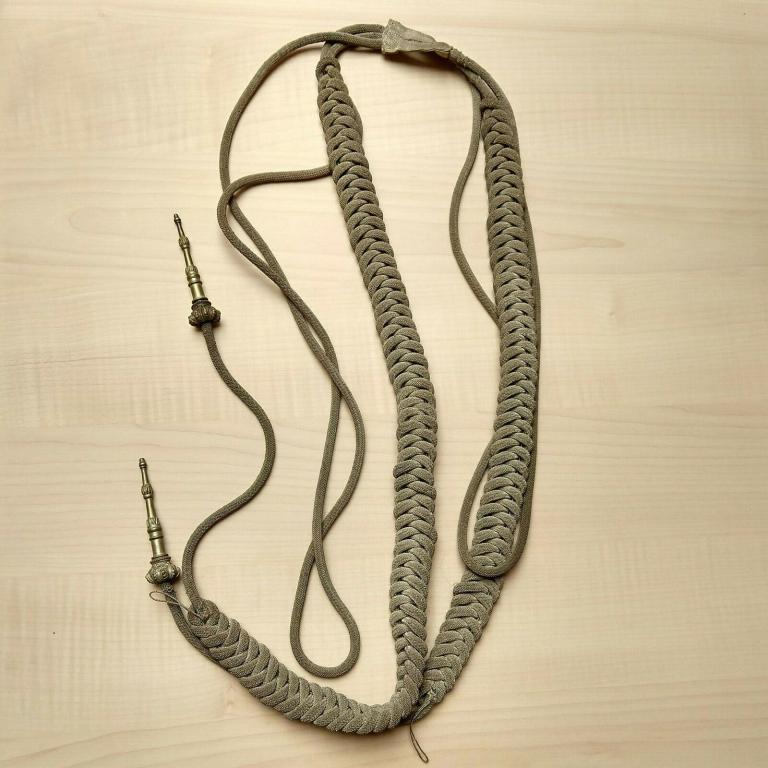

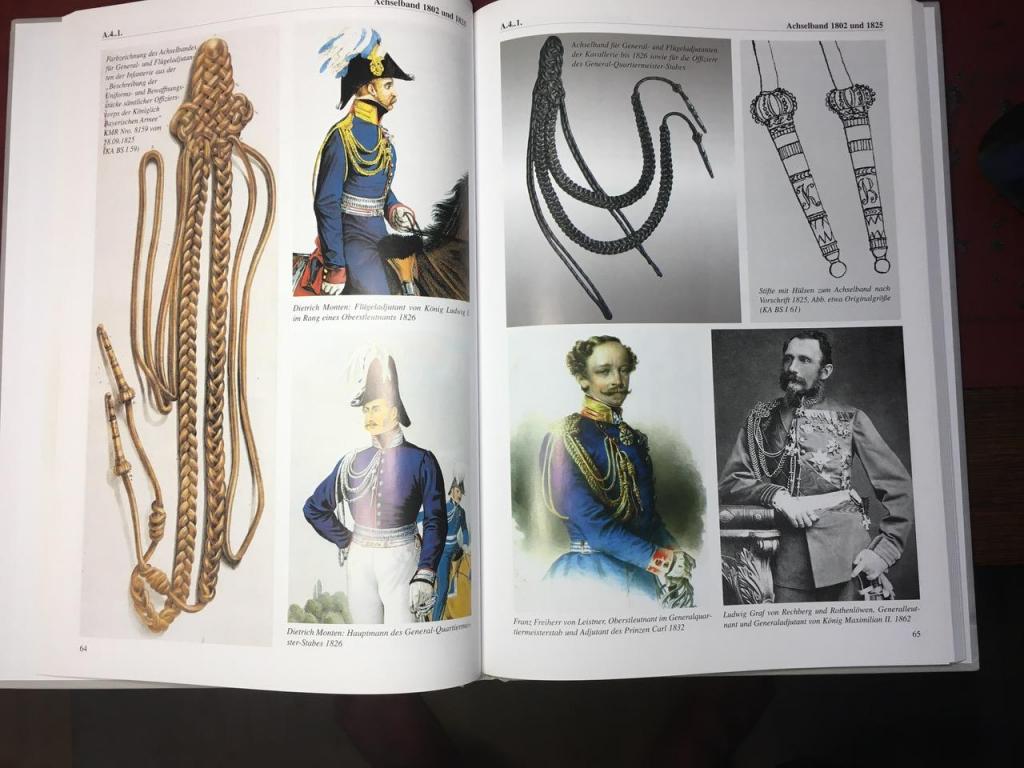

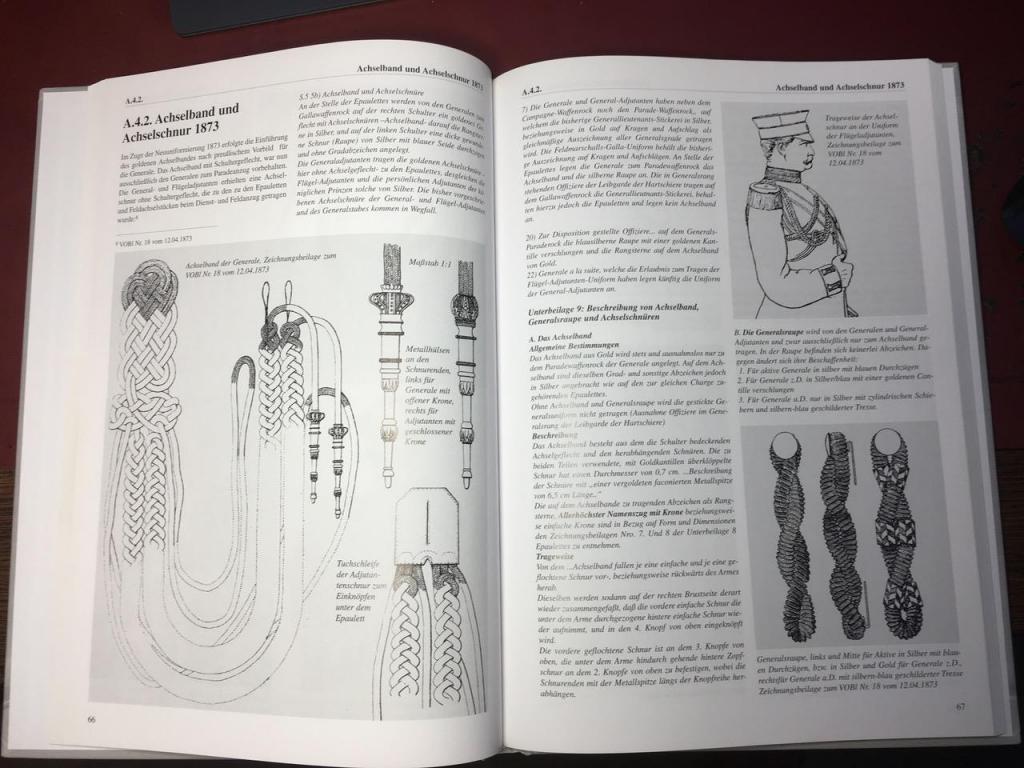
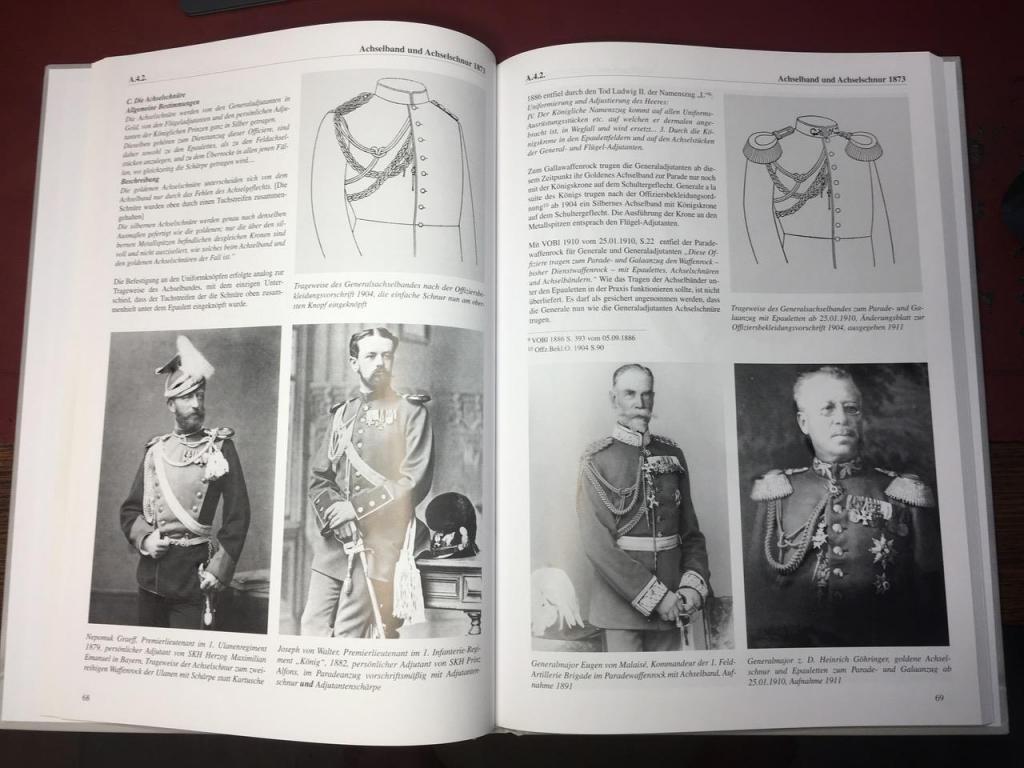
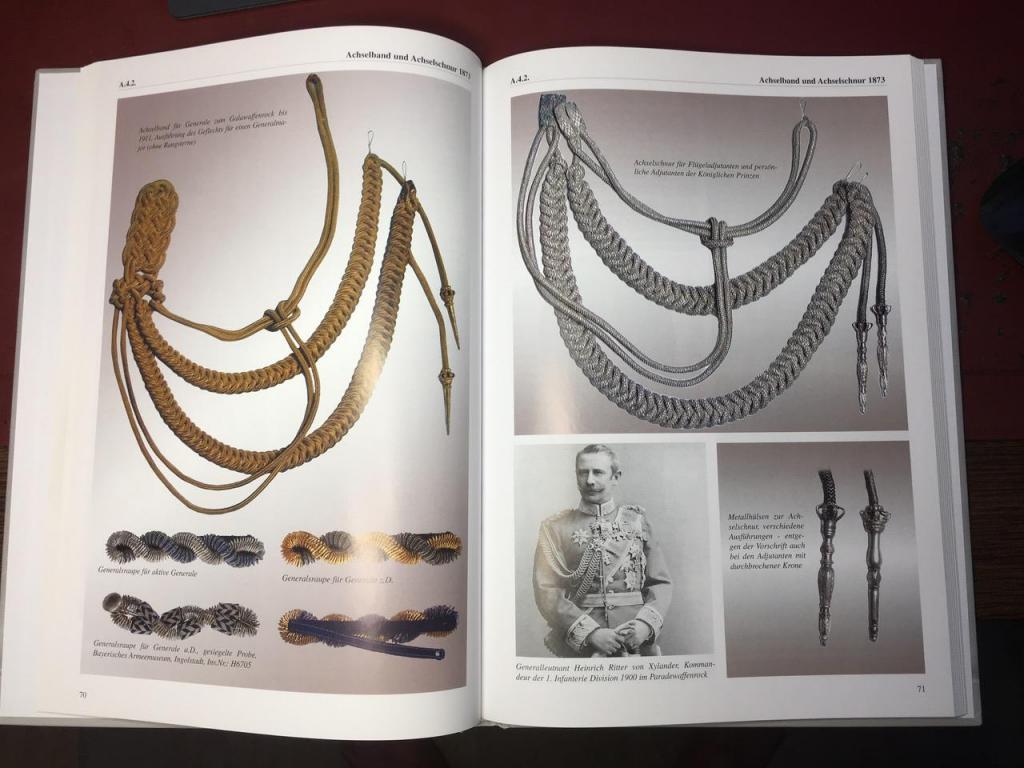

.thumb.jpg.1b1db8511a915d1c0ad0c4dab981a945.jpg)
.thumb.jpg.88c092bd34594717184750da48d6c8e5.jpg)
.thumb.jpg.fe1ad768ff9dec0436b23f46f43c42bf.jpg)
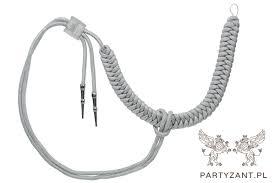


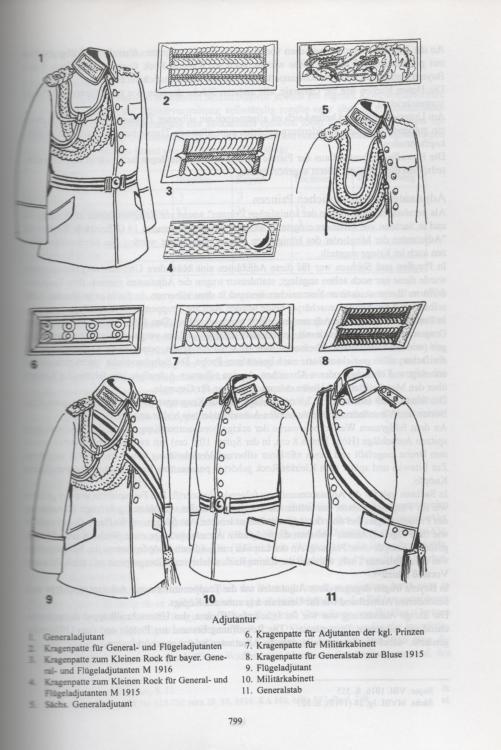

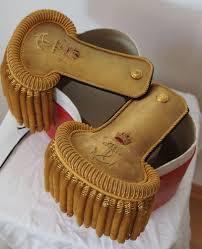
Adler's imperial bunker
in Germany: Imperial Uniforms, Headwear, Insignia & Personal Equipment
Posted
The news is out on other forums, but oddly not here: sadly, fellow member Adler 1 (Karel van Bxxxxxxx) recently passed away.
I did not know Karel personally, but always enjoyed hiss liberally shared insights interesting and educating.
This thread showing his wonderful collection seems a fitting place to commemorate Karel, so please take a moment to commemorate him.
Kind regards,
Sandro